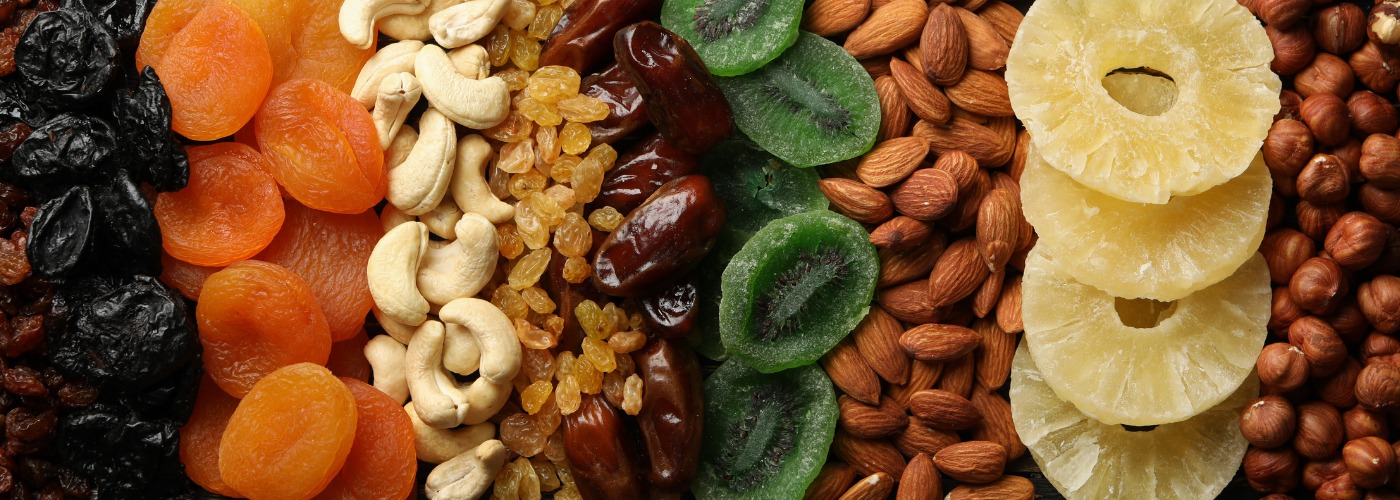Your hormones direct how you think, look and feel, so keeping them in balance is key for overall wellness, and as it turns out, their efficiency is influenced by many factors, including what we eat. “The first step to eating in sync with your hormonal cycle is to understand what’s actually happening,” says nutritionist Fatema Valikarimwala. All the side effects of the four phases of the 28-day menstrual cycle—menstrual, follicular, ovulatory and luteal phase—can be balanced with the right diet and lifestyle tweaks. “For example, from the first to the 14th day of your cycle, your body needs more oestrogen, while in the latter half, it needs more progesterone,” says Dr Vinita Diwakar consultant gynaecologist at Columbia Asia hospital. Eating foods that counteract what’s going on inside can leave you feeling fatigued and uncomfortable, and for these trying to get pregnant, can affect fertility. We spoke to the two experts on what to add to your diet through your 28 day cycle, and what you can switch out for a later time of the month.
Reach for iron-rich foods during the menstrual phase
This is the first phase in the cycle, and lasts between two and seven days. During this phase, progesterone production decreases, and oestrogen peaks and then drops again. “When you have your period, your uterine wall is shedding off. So, what is lost is not just blood but also water with nutrients such as such as iron, zinc and magnesium. Replenish the body of what it is losing,” advises Valikarimwala. However, bio-availability of plant-based iron sources is already limited, and if you also have low levels of Vitamin C, the absorption is further compromised. Add iron-rich foods in tandem with Vitamin C-rich ones. Include water-rich fruits and vegetables to maintain the fluid balance in the body too, adds Dr Diwakar. Optimising comfort is important too, so getting your fill of warm, soothing foods is key here.
Add fermented and oestrogen-balancing foods during the follicular phase
During the follicular phase, your oestrogen levels are increasing. It lasts around 7-10 days, and is just after you’re done with period. During this time, the follicle stimulating hormone rises so the ovaries can release an egg. While the hormones are revving up, they’re still low in quantity, which is why you could be more tired than usual.
The body is hard at work trying to develop a dominant follicle, so you want to eat cruciferous vegetables (like kale and cabbage), eggs, seeds, nuts and fish, as well as fermented foods like kimchi. These foods are all rich in a phytonutrient called dindolylmethane (DIM), which helps normalise oestrogen levels. Another good idea? Stay away from alcohol during this phase, as it can quickly dehydrate the body and cause an oestrogen imbalance. “Add iron-rich foods, and up your B-12 consumption,” says Dr Diwakar.
Pick low-carb, antioxidant foods during the ovulatory phase
This is the shortest phase, and only lasts one to two days, usually on day 11-13 of your cycle. FSH and Luteinising Hormone (LH) continue to rise, and oestrogen and testosterone levels surge. This can leave you feeling full of energy, so your requirement for energy from quick carbs may decrease.
It pays to go light and cut down the carbohydrates during the ovulatory phase. “Instead, focus on fibre-rich vegetables such as okra and spinach as well as antioxidant-rich fruit such as coconut, guava, strawberries, and raspberries,” says Dr Diwakar. With the oestrogen levels super high, eating foods that support the liver is important, so antioxidants and anti-inflammatory foods are a good call.
Add magnesium to your diet during the luteal phase
This phase can last 11 to 17 days, depending on your cycle, and comes just before you’re in the menstruation phase. At this point, progesterone levels are rising, which can leave you feeling irritable and prone to mood swings. The hormonal fluctuations during this period (as seen more evidently in people that struggle with PMS) can leave you feeling a little sluggish and low. A quick fix? Add magnesium-rich foods into your diet. “Magnesium is a natural mood booster and muscle relaxant. It reduces feelings of irritability and anxiety,” says Valikarimwala. Green leafy vegetables, hemp seeds and raw cacao powder are great add-ons, and can even ease cramps or headaches.
You can try seed cycling
“Seed cycling is a naturopathic trend claiming to balance hormones and ease symptoms of periods and menopause. Flushes out the acne, mood swings,” says Valikarimwala. How does it work? In the simplest terms, it involves eating flaxseeds and pumpkin seeds in the first 14 days of your cycle followed by sesame and sunflower seeds from day 15 to day 28. “Flaxseeds are one of the richest sources of lignans and have been scientifically proven to increase oestrogen levels and also relieve symptoms like hot flushes and nights sweats. Along with lignans, all four seeds are also rich in fibre, manganese, magnesium, copper, thiamine, Vitamin E, and healthy fats. These nutrients are vital to good health, including reproductive health,” she shares.
The article was first published in Vogue





